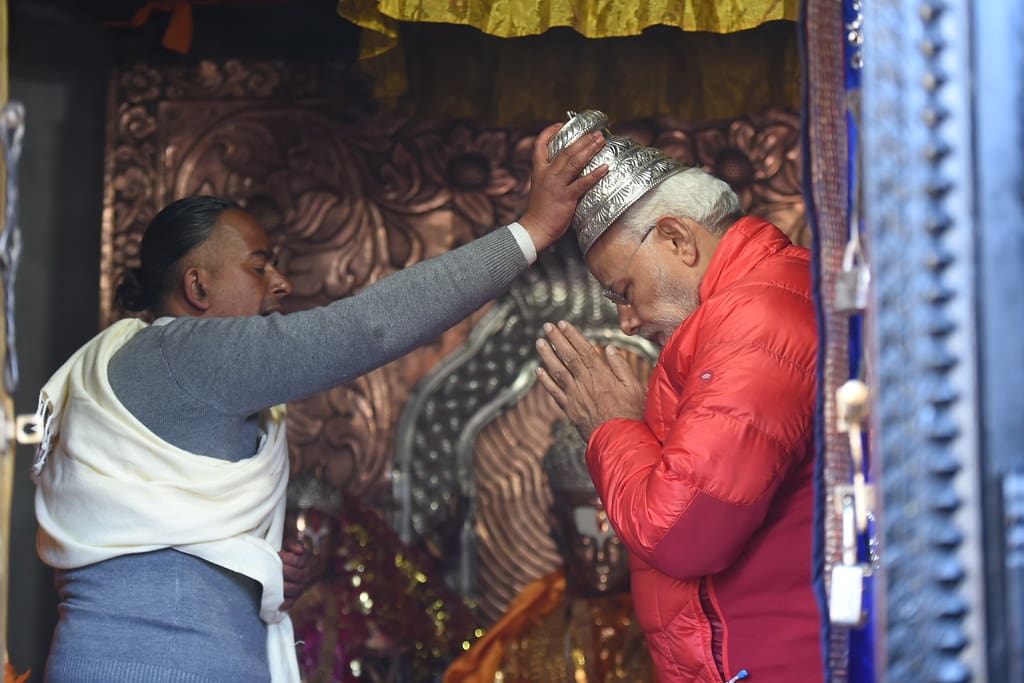
Plan your Next Trip To Muktinath Temple
One of the holiest sites for Buddhism and Hinduism is Muktinath Temple, which is located 18 kilometers northeast of Jomsom. It is located in Muktinath valley, about 170 kilometers from Pokhara, the capital of the Gandaki province, and at the base of the Thorang La Pass for the Annapurna Circuit Trek. This well-known shrine to Lord Bishnu is located in the Mustang district of Gandaki Province at a height of 3800 meters above sea level. One of the world’s highest temples is located there.
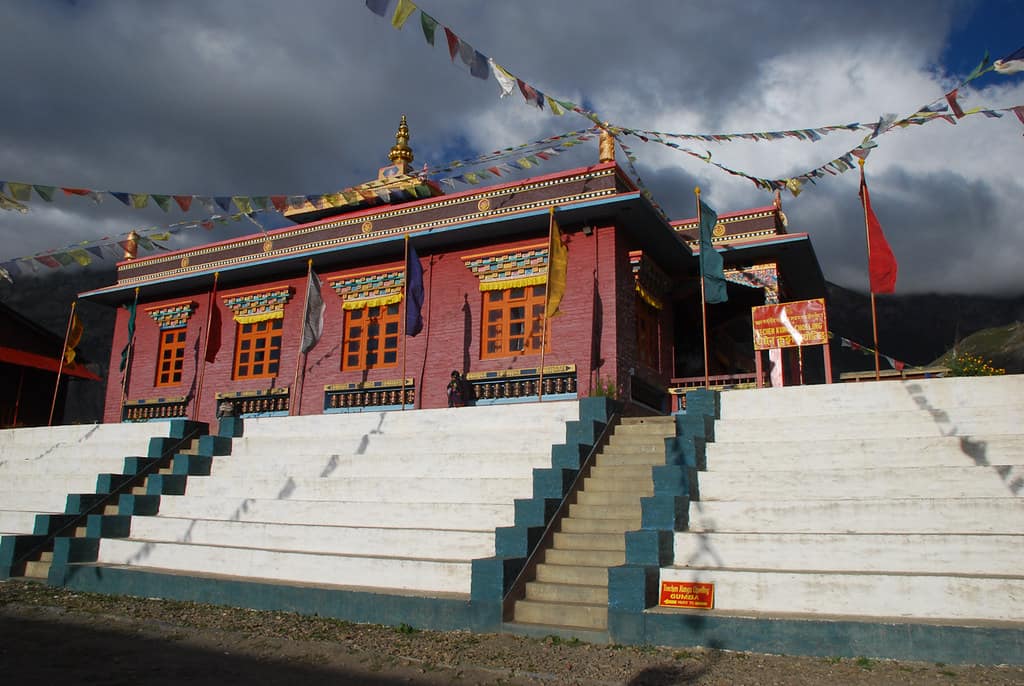
Muktinath Temple regarded as one of Nepal’s most isolated yet profoundly spiritual pilgrimage sites, is a must-see. Devotees from all over India travel to this location to seek spiritual enlightenment amidst the unspoiled natural beauty. You should be aware of a few things before embarking on the Muktinath TempleYatra.
Meaning
The words “MUKTI” and “NATH” in Sanskrit are combined to form Muktinath, which means “the area of the gods’ salvation.”. According to legend, it was in this area that Lord Vishnu was delivered from Sati’s curse. Muktinath Temple is one of Nepal’s holiest places as a result. The sole location for atonement, Muktinath is one of the 108 Vaishnava sacred sites known as Shakti Peeth. Pagoda-styled and devoted to Lord Vishnu, the Muktinath temple is located in India. Pilgrims take a holy bath in the pond’s 108 stone water spouts, which are thought to be the location of liberation.
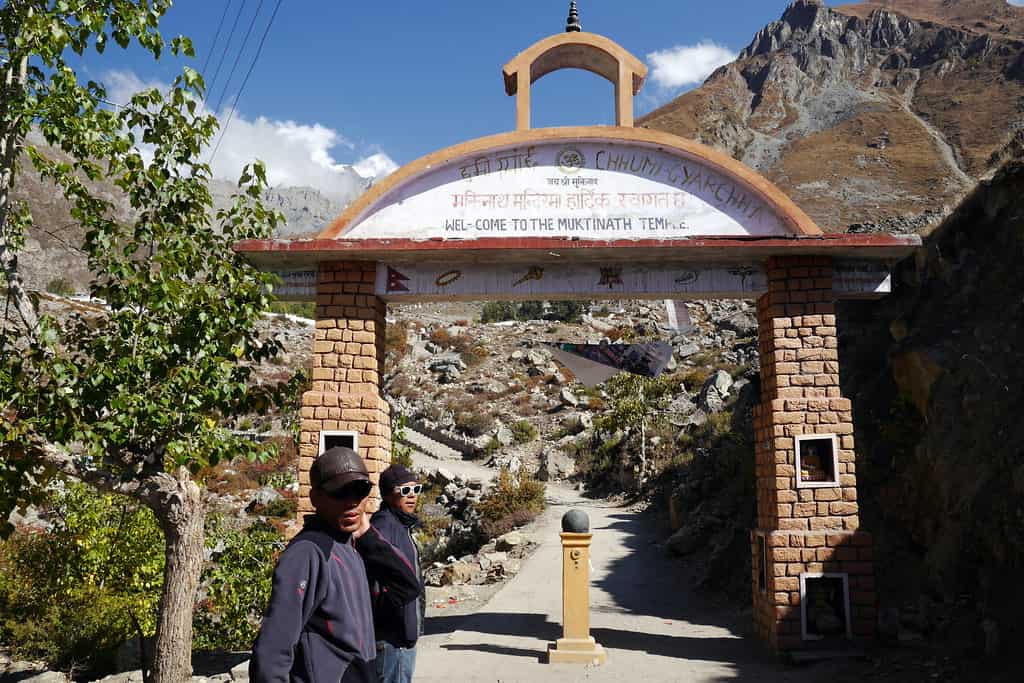
Climate
For the best climate, one should go to Muktinath between March and June or September and November. The roads are frequently blocked by landslides and extremely hazardous during the monsoon season. It drops well below freezing in December. Snowfall is heavy in Muktinath in January and February. In January, the temperature drops to a dangerously low -20°C.
How to Reach
There are a number of border crossings between India and Nepal where one can enter the nation. Selecting the proper border crossing point is crucial when entering Nepal. Arrive at the closest border crossing between India and Nepal, and then continue on to enter Nepal. The first objective is to get to Nepal’s Pokhara. The two main entry points to Pokhara from India are the Sonauli-Siddharthanagar Border in Uttar Pradesh and the Raxaul-Birgunj Border in Bihar. These two border crossing points are divided by the Valmiki Tiger Reserve.
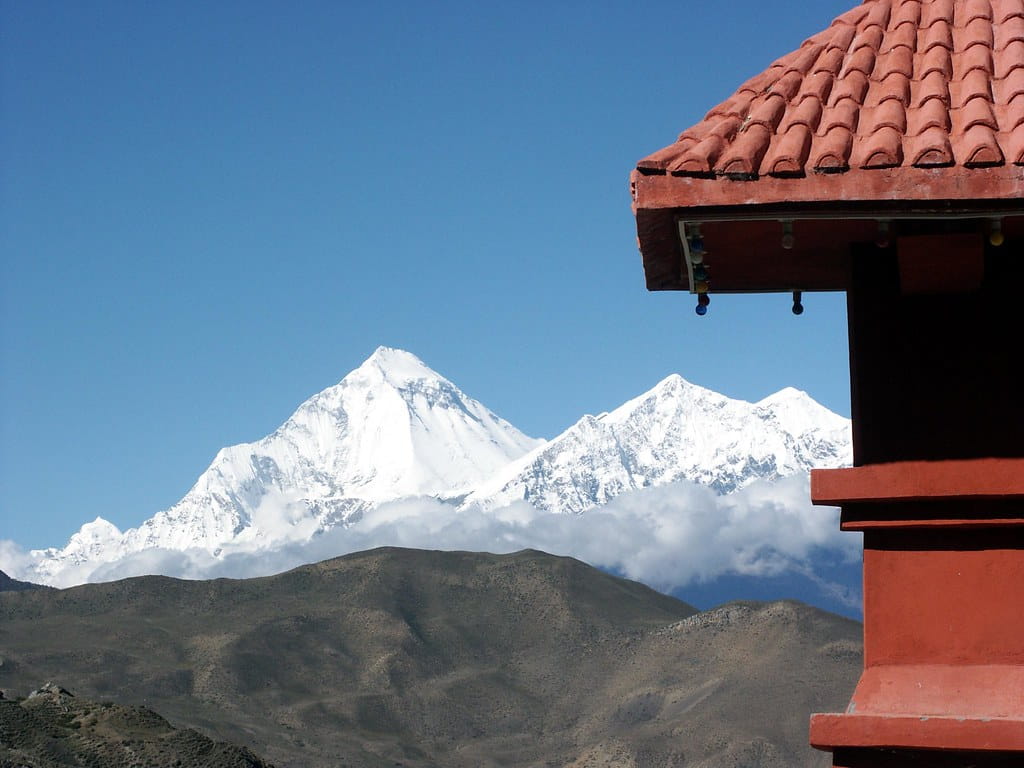
In the upper Bhote area of Mustang district is where you can find Muktinath Temple. Visitors can enjoy the calm beauty of the surrounding nature as well as the perfect aroma of the local religion and culture because this location is ideal for both.
This location has a Shangri-La feel to it thanks to the lush hills, peaceful surroundings, majestic snow-capped mountain peaks, lovely orchards along the way, and the ethnic people who live there.
Numerous important sites can be visited in the Muktinath region.
The largest gorge is visible to pilgrims. E. Beautiful Jomsom City, the Apple Garden of Marpha, the Kaligandaki Gorge, and the holy Kagbeni River are all nearby, as is the shaligram stone, which is a substantial personification of Lord Vishnu. Similar to this, there are numerous stupas and temples along the route where tourists can enjoy local customs and cultural traditions.
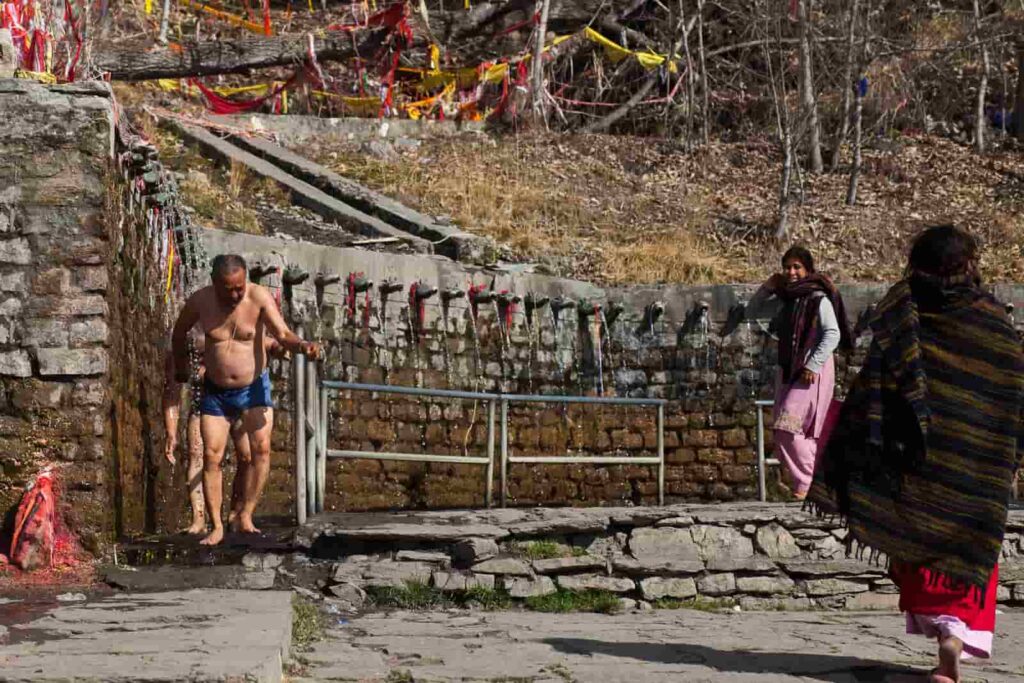
On the way to Muktinath Temple, there are plenty of tea and guest houses. In a few chosen guest houses, visitors can take hot showers and eat local food for lunch and breakfast while they are there. The choices are limited due to the high terrain and difficult path, but the food and cuisine definitely allow the visitor to taste and become a part of the community.
Permit Order
Visitors must purchase a permit in order to enter the sanctuary at Muktinath, which is located within the Annapurna Conservation Area. For trekking in the Annapurna Conservation Area region, you need an ACAP and TIMS permit.
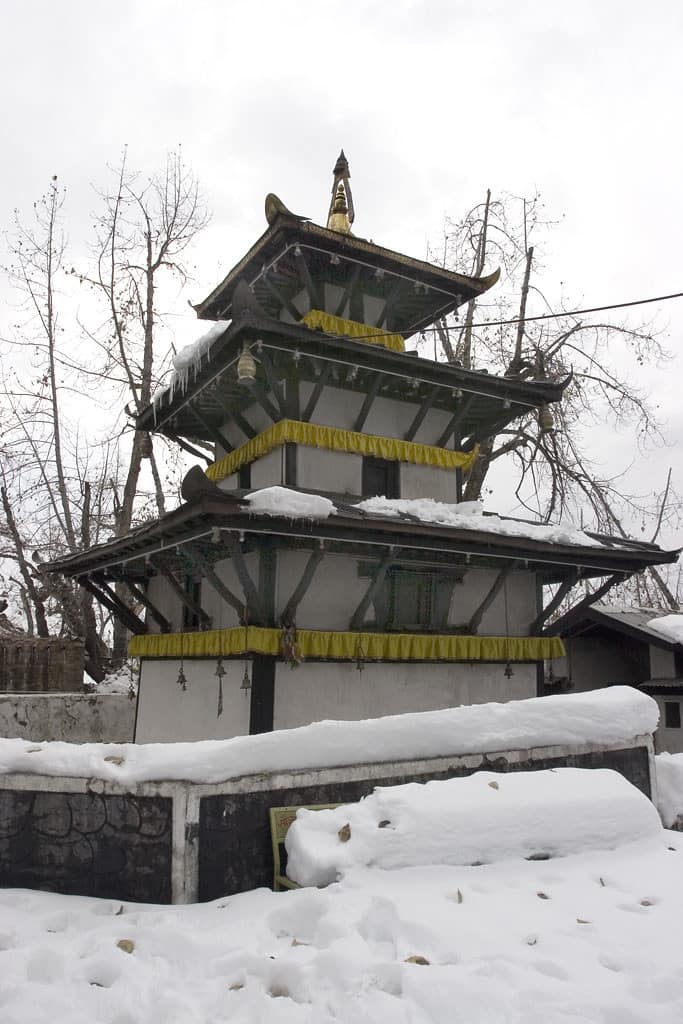
Except at border posts for the Bhansar permit, Nepal does not formally accept Indian currency. Large denominations like Rs 200, Rs 500, and Rs 2000 were no longer accepted by Nepali businesses after India implemented demonetization. However, this is only available in border regions where some restaurants and businesses may accept Rs 100 bills. Before heading into the mountains or far from the border area, make sure you withdraw or exchange enough money into Nepali currency.
FAQs : MUKTINATH TEMPLE
Which is the best month to visit Muktinath?
The best times of year to go to Muktinath Temple are said to be September, October, and November. During these months, the average temperature condition is present. Early September can bring on a little rain, but these are the best months for integrating.
What is the entry fee for Muktinath?
In Pokhara and Kathmandu, you can pay the entry fee. For Indians and other SAARC nationals, the entry fee to ACAP is Rs. 200.00 per person; for other foreign nationals, it is Rs. 2000.00 per person.
